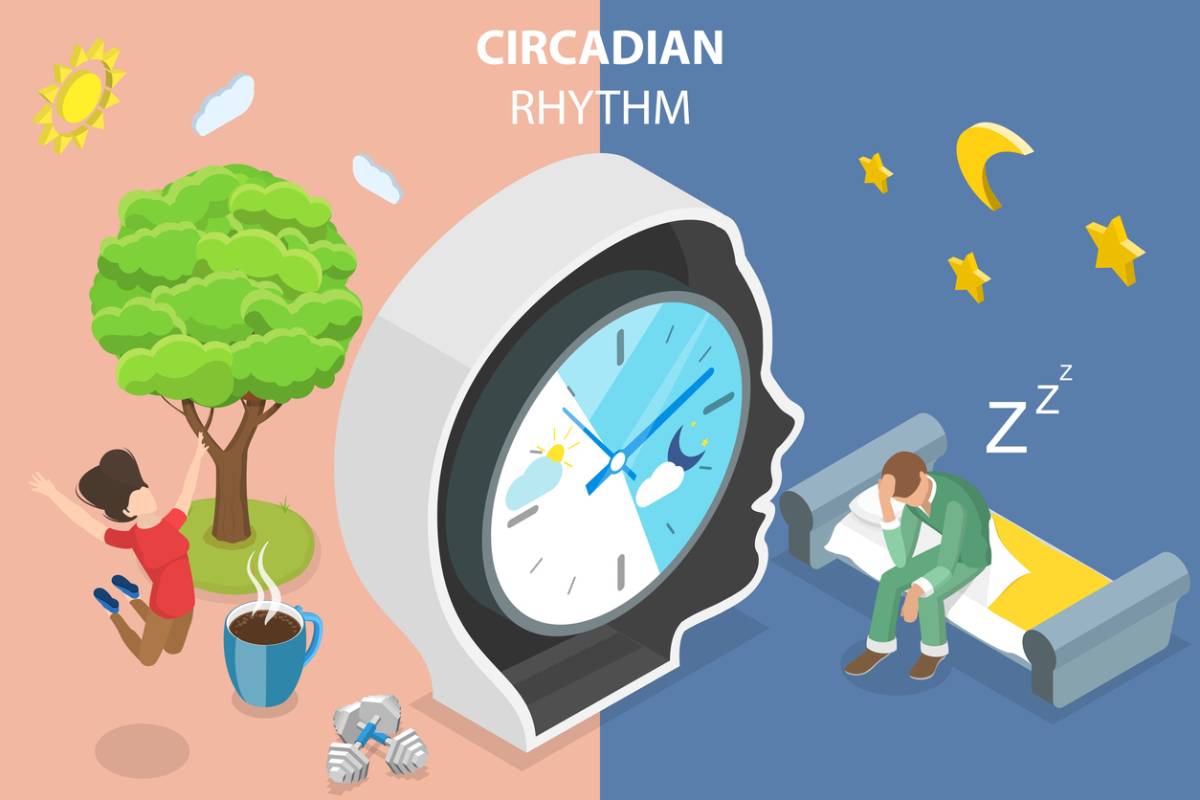The term circadian rhythms refers to the natural rhythms the body conforms to when it has accessed the deeper layers of REM sleep. It’s a natural part of our body’s response to the natural cycles of night and day. But how did we develop circadian rhythms?
However, these rhythms are often ignored and misunderstood. Many people do not have a healthy relationship with this part of their body, and many more don’t live in tandem with theirs.
How Did We Develop Circadian Rhythms?
However, education is key to learning more about the rhythms and trying to live in tandem with them. If you’re curious about circadian rhythms and circadian rhythm disorders, take a look at this review of the origins of these features of our bodies.
What Are Circadian Rhythms?
Circadian Rhythms are generated by the endocrine system and tend to last around 24 hours. Evidence has depicted that even very young or prenatal infants are sensitive to the minute fluctuations in light that trigger these rhythms.
Circadian rhythms are regulated by a feature of the nervous system known as a circadian clock. There is evidence that circadian rhythms are an almost universal element of life and have been observed in many species of animals, plants, and fungi.
These rhythms are sometimes highly personal and variable and can change quite a bit depending on where an organism is based. The purpose of circadian rhythms seems to be to allow an organism to make the most out of the available light and food resources in its immediate environment.
Examples of Circadian Rhythms in Nature
You can find evidence of circadian rhythms everywhere in nature. For example, circadian rhythms are the force that drives flowers to open and close in their response to fluctuations in light. Circadian rhythms are also present in life’s simplest organisms, such as bacteria.
Some animals, such as those that live in the Arctic, have circadian rhythms tuned to the more extreme light cycles of areas at very high or low latitudes, such as arctic ptarmigans and foxes.
Circadian rhythms tell plants what season it is and when to flower. Many plants can be observed modulating their leaves in response to natural light.
Circadian Rhythms in Primates
In primates, such as humans, Circadian Rhythms are the guides for one’s natural sleep cycle. Following these rhythms have the potential to impact many of the health systems of primates.
In primates, circadian rhythms are essential to coordinating the organism’s mental and physical well-being. For example, the digestive system produces proteins to match the rhythm of the organism’s meals. In another example, the endocrine system regulates hormones to suit the animal’s regular energy expenditures.
The part of the nervous system that circadian rhythms are connected to is very sensitive to light and is known as the suprachiasmatic nucleus, or SCN. The SCN sends signals to regulate various systems of the body based on the light patterns they receive.
Circadian Rhythms and Sleep
As detailed above, circadian rhythms guide many of the natural processes both in humans and other organisms on Earth. In humans and other mammals, one of the most obvious expressions of circadian rhythms is through the sleep cycles that transpire each night for most animals.
In addition, circadian rhythms guide many other physiological systems of the body in mammals, including the regulation of blood sugar, cholesterol, and various mental health conditions, such as depression and bipolar disorder.
On top of all this, there is evidence to suggest that circadian rhythms have a great influence on the immune system and could play an important role in the DNA repair that helps to prevent cancer. There is additional evidence that circadian cycles can influence how the body receives and intakes various medications.
Unhealthy Circadian Rhythms
Unhealthy circadian rhythms can wreak havoc on the systems of the body. Studies have identified circadian rhythm disruptions as contributing to many unfortunate conditions, such as obstructive sleep apnea. It has also been indicated in the development of cardiovascular disease.
In addition, conditions like insomnia and excessive fatigue during the day can be inflamed by interrupted circadian rhythms. Some common disruptors to circadian rhythms can include:
- Indoor lighting and excessive screen time
- Excessive travel and crossing time zones
- The side effects of drugs
- Excessive alcohol consumption
The Top Sleep Doctor in New York
Sleep MD NYC is one of the most trusted authorities in New York for helping patients get healthy and natural sleep. If you’re having trouble with your sleep and would like to understand how to better get in touch with your natural rhythms, contact our sleep doctor to schedule an appointment.


